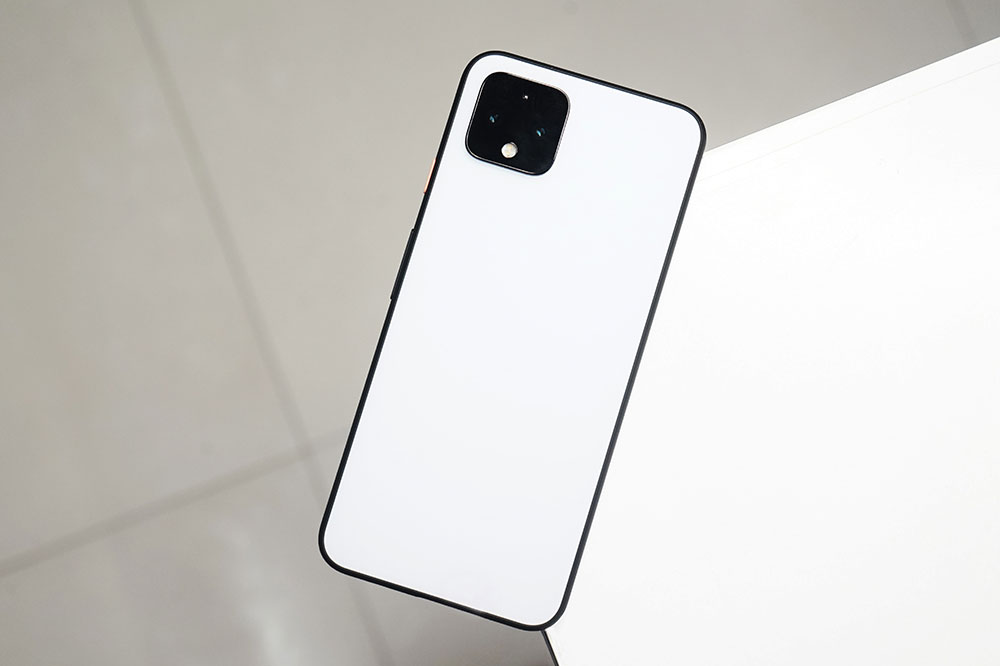Understanding Key Aspects of 4G LTE Mobile Devices
Explore the fundamentals of 4G LTE smartphones including their technology, differences from 4G, key features, and popular models. Gain a clear understanding of how 4G LTE enhances mobile connectivity through fast data speeds, seamless communication, and media streaming. This overview helps consumers make informed choices when selecting their next device, highlighting top offerings like iPhone 5, Samsung Galaxy Note II, and HTC EVO LTE. Stay updated on the latest mobile tech advancements and maximizing your device's performance with this comprehensive guide.
Understanding Key Aspects of 4G LTE Mobile Devices
Four essential questions to grasp the functionality of 4G LTE smartphones
Rapid advancements in mobile technology constantly reshape what we use daily. Among these, 4G LTE connectivity stands out for significantly improving user experience. With the advent of 4G LTE smartphones, users enjoy seamless voice calls, video chats, and media streaming. Curious about what makes 4G LTE devices special? Here's an overview to deepen your understanding of this technology and its benefits.

What is 4G LTE technology?
4G LTE delivers some of the fastest mobile network speeds, with '4G' denoting the fourth generation of cellular technology. It can reach download speeds of nearly 100 Mbps, enabling swift data transfer.
LTE, meaning Long-Term Evolution, is a technical process that facilitates high-speed internet access on mobile devices.
Developed by the 3rd Generation Partnership Project (3GPP), LTE was introduced in 2008, and the first compatible smartphones launched in 2010.
How do 4G and 4G LTE differ?
There’s no real distinction; 4G LTE is a specific implementation of 4G to provide fast internet connections. LTE enables devices to achieve the high speeds associated with 4G.
Initially, a minimum speed of 100 Mbps was set for 4G, but some devices struggled to meet this benchmark despite technological enhancements.
The International Telecommunication Union (ITU-R) designated LTE-based networks as true 4G, allowing providers to market LTE as 4G LTE, sometimes exceeding actual standards.
Features of 4G LTE smartphones
Users benefit from continuous video and voice calls over the internet, staying connected with loved ones and colleagues worldwide.
Offering speeds from 5 to 12 Mbps, 4G LTE devices support high-quality streaming of videos and music.
Fast internet connections enable effortless sharing of high-resolution videos, images, and audio files without upload issues.
Popular 4G LTE smartphones
Apple iPhone 5 – Available from major carriers, this device features excellent apps, powerful specs, and costs around $200 for the 16GB model.
Samsung Galaxy Note II – Combining smartphone and tablet functions, this 4G LTE device boasts a stunning display and a fast processor, priced at about $200.
HTC EVO 4G LTE – Noted for its durable design and performance, it includes a built-in kickstand and is available via Sprint at roughly $200.
Tags: 4G LTE smartphones
Note:
Our blog provides insights across diverse topics, backed by research and data analysis. Readers should consider articles as informational rather than definitive. The site disclaims responsibility for inconsistencies or inaccuracies and acknowledges that available deals or offers might differ from those discussed.










